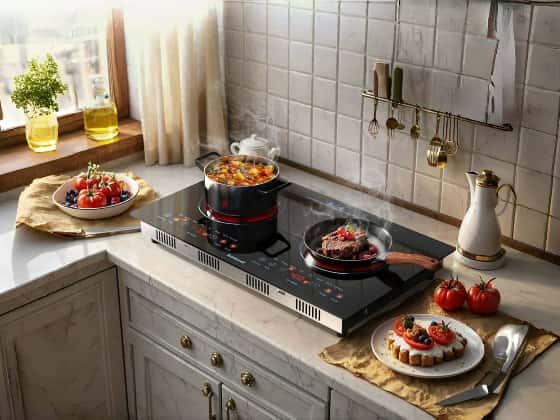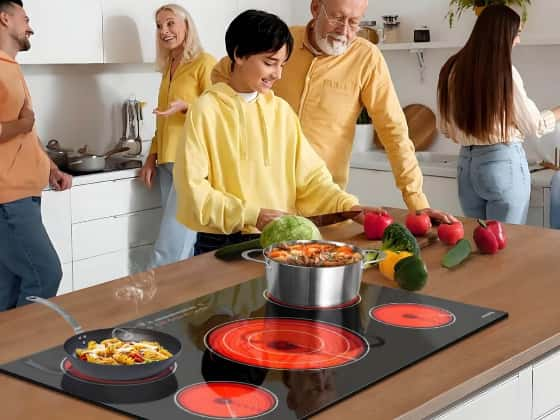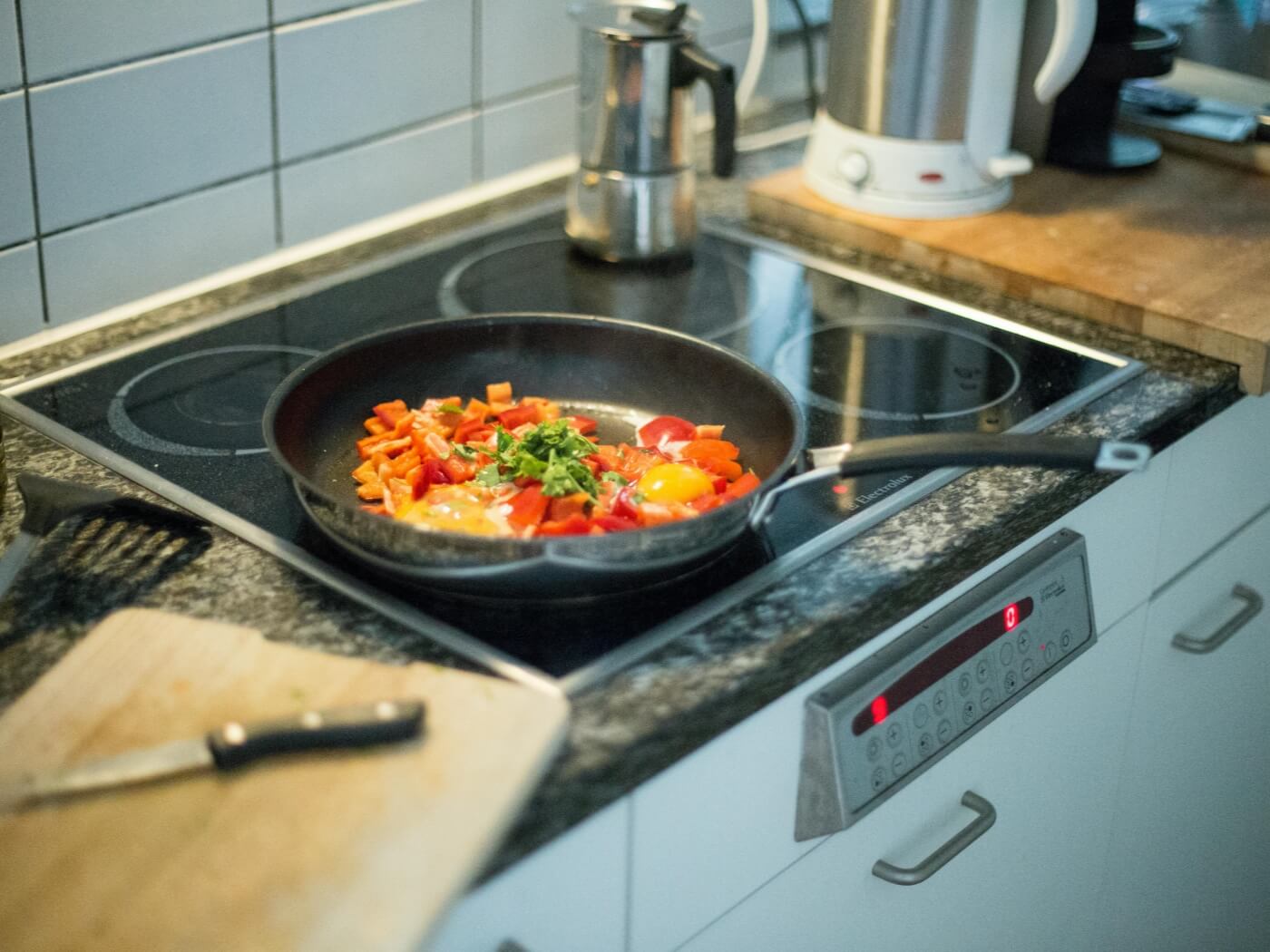
When it comes to electric cooktops, there are two main options: wired and plug-in models. In this article, we'll explore the pros and cons of each type, helping you make an informed decision that suits your kitchen's needs and preferences.
Pros and cons of wired electric stoves
Pros:
Wired electric stoves are directly connected to the home's electrical panel, providing a consistent and dependable power supply. This reduces the likelihood of power fluctuations or interruptions, which might degrade cooking performance.
Increased Resale Value: A wired electric stove is classified as a built-in appliance, which may increase the resale value of your home. Prospective buyers frequently enjoy the simplicity and attractiveness of a fully integrated stove.
Customizable Design: Wired electric stoves have a variety of design possibilities, allowing you to select a model that complements your kitchen's décor and layout. Many manufacturers provide built-in models that can be neatly integrated into your counters or cabinets.
Cons:
Installing a wired electric stove requires a professional electrician, which might increase overall costs. Running dedicated electrical cables and even changing cabinetry might be costly.
Once installed, a wired electric stove becomes a permanent feature in your kitchen. Relocating or removing it can be a difficult and expensive task that sometimes necessitates considerable electrical and structural work.
Wired electric stoves are stationary appliances, which means they cannot be moved around the kitchen or transported to a new residence.
Pros and cons of plug-in electric stoves
Pros:
Simple Installation: Plug-in electric stoves are intended to be plugged into a conventional electrical outlet, eliminating the need for sophisticated wiring or permanent installation. This makes them an attractive option for renters or those seeking a more temporary solution.
Portability: Because plug-in electric stoves are not permanently fixed, they can be simply moved about the kitchen or relocated to a different home. This adaptability might be especially beneficial for people who constantly relocate or remodel their kitchens.
Lower Installation Costs: Plug-in electric stoves have lower installation costs than wired ones because they do not require specialized electrical connections or cabinetry adjustments.
Cons:
Plug-in electric cooktops may have limited power output based on your home's electrical capabilities. This can have an impact on their cooking skills, especially if they use many burners or the oven at the same time.
Limited Design Options: Plug-in electric cooktops are often standalone appliances that may not blend well with your kitchen's design or cabinetry. This might have an impact on the overall aesthetics of your kitchen.
Mobility Limitations: While plug-in electric cooktops are more mobile than wired ones, their movement is still constrained by the length of the power cable and the availability of compatible electrical outlets in your kitchen.
Energy efficiency of wired and plug-in electric cooktop
Energy efficiency is an important consideration when selecting an electric stove because it can affect your power bills and environmental effect. Both wired and plug-in electric stoves are energy-efficient, but there are a few distinctions to consider.
Power Source: Wired electric stoves are directly connected to the home's electrical system, which may allow for more efficient power distribution than plug-in models that use normal electrical outlets.
Insulation and Sealing: Many new electric stoves, both wired and plug-in, feature enhanced insulation and sealing to reduce heat loss and increase energy efficiency.
Energy Star Certification: Look for Energy Star-certified products, whether they are wired or plug-in. This certification assures that the appliance fulfills the strict energy efficiency criteria established by the United States Environmental Protection Agency (EPA) and the Department of Energy (DOE).
Induction Technology: Induction cooktops, which come in both wired and plug-in electric stove types, are well-known for their energy economy. Induction technology heats the cookware itself rather than the cooking surface, resulting in faster cooking times and lower energy use.
Conclusion
Regardless of your choice, it's essential to consider factors such as energy efficiency, cooking needs, kitchen layout, and budget. By carefully evaluating these factors, you can make an informed decision that not only enhances your cooking experience but also aligns with your long-term goals and lifestyle.






